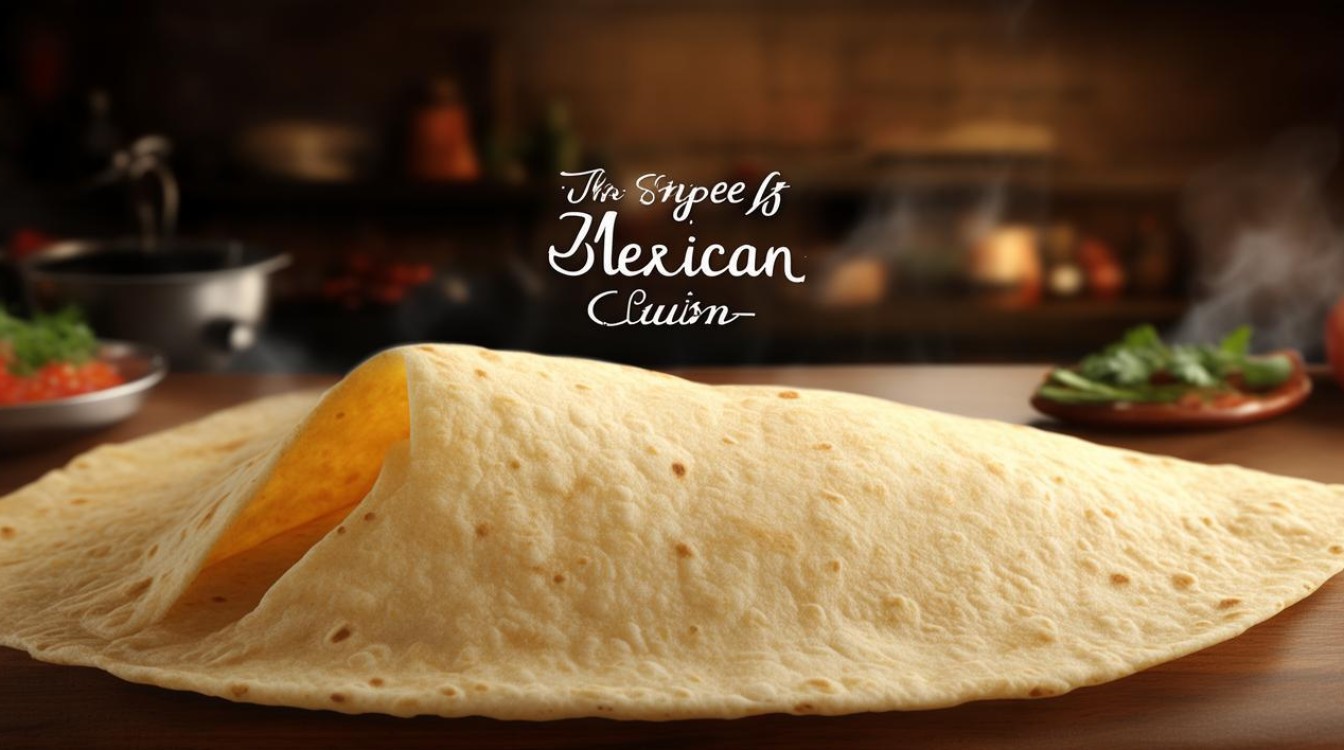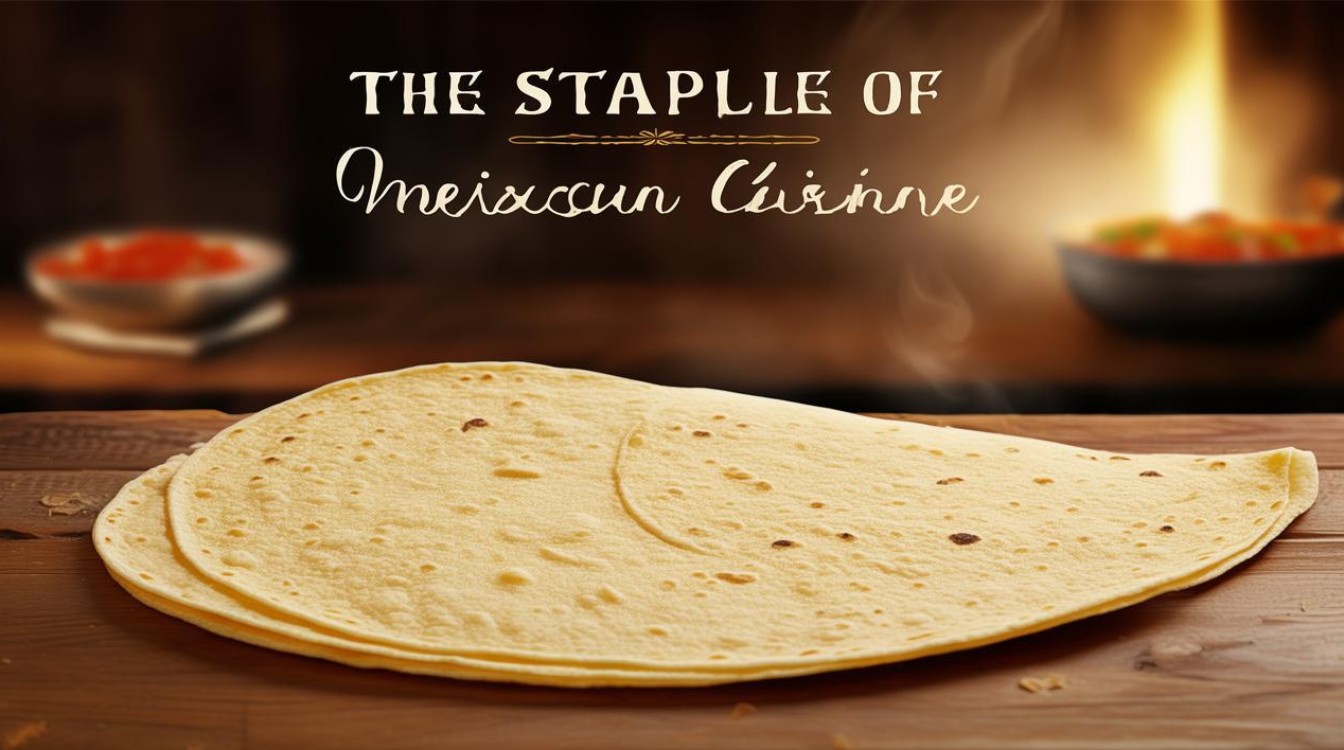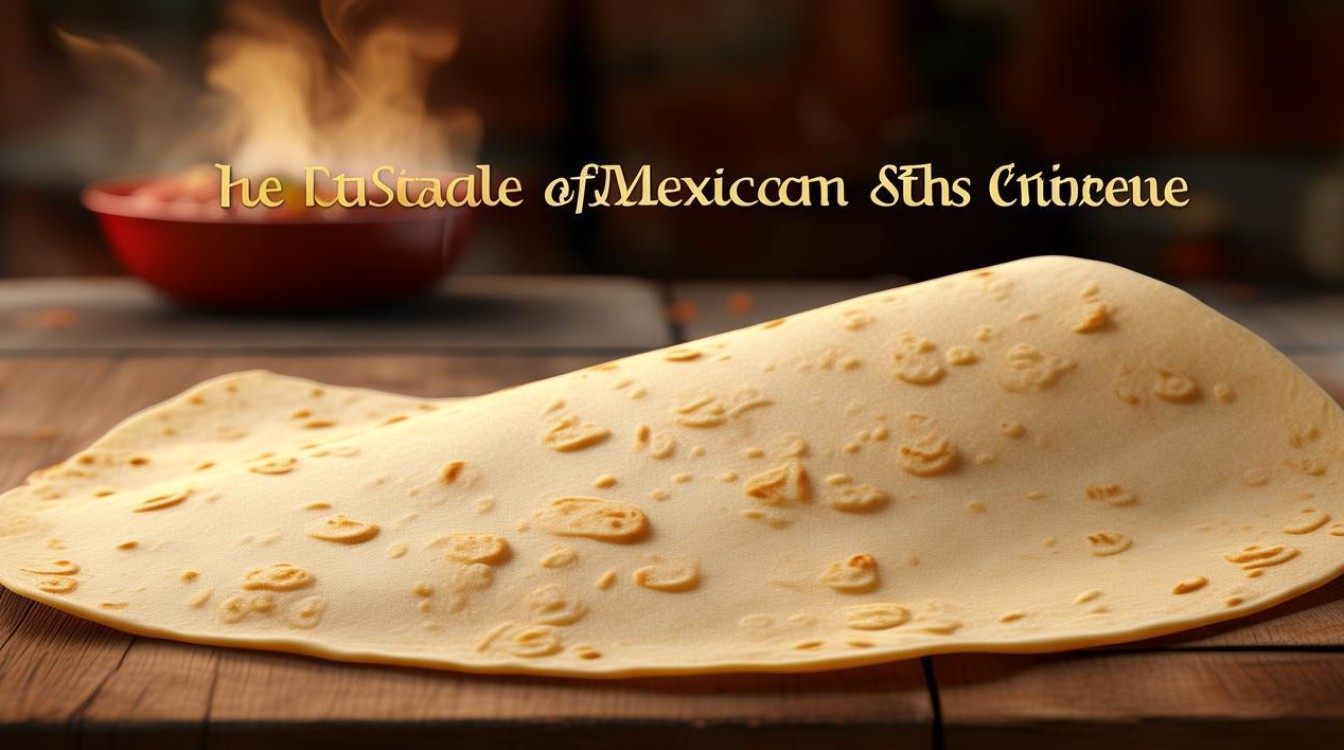The term "corn tortilla" might sound simple, but it carries centuries of tradition, culture, and culinary artistry. Made from masa harina (corn flour) and water, this flatbread is a cornerstone of Mexican cuisine. Whether served as a taco shell, enchilada base, or simply warmed with a sprinkle of salt, the corn tortilla is versatile and deeply rooted in history.

The Origins of Corn Tortilla
Corn, or maize, was first domesticated in Mexico around 9,000 years ago. Indigenous peoples, particularly the Aztecs and Mayans, developed a process called nixtamalization—soaking corn in an alkaline solution (traditionally limewater) to improve its nutritional value. This method unlocked essential nutrients like niacin, making corn a sustainable dietary staple.
The word "tortilla" comes from the Spanish "torta," meaning "little cake." Spanish conquistadors encountered this food in the 16th century and adopted it into their own diets. Today, corn tortillas remain a daily essential in Mexico and beyond.
How Corn Tortillas Are Made
Authentic corn tortillas require just two ingredients: masa harina and water. The process is straightforward but demands skill:
- Mixing the Dough – Masa harina is combined with warm water until it forms a pliable dough.
- Shaping the Tortillas – Small balls of dough are pressed into thin discs using a tortilla press or by hand.
- Cooking – The tortillas are cooked on a hot griddle (comal) for about 30 seconds per side until slightly charred.
The result is a soft, slightly chewy flatbread with a distinct corn flavor. Unlike flour tortillas, corn tortillas are naturally gluten-free, making them a popular choice for health-conscious consumers.

Nutritional Benefits
Corn tortillas offer several health advantages:
- Low in Fat – A typical corn tortilla contains less than 1 gram of fat.
- High in Fiber – The nixtamalization process enhances fiber content, aiding digestion.
- Rich in Minerals – Corn provides magnesium, phosphorus, and zinc.
Compared to flour tortillas, corn tortillas have a lower glycemic index, making them a better option for blood sugar management.
Cultural Significance
In Mexico, corn tortillas are more than food—they symbolize heritage. Families often prepare them fresh daily, passing down techniques through generations. Street vendors use them as the foundation for tacos, quesadillas, and tostadas, while home cooks incorporate them into soups and stews.
Beyond Mexico, corn tortillas have gained global popularity. The rise of Tex-Mex cuisine introduced them to the U.S., where they’re now a supermarket staple. Chefs worldwide experiment with fusion dishes, blending traditional tortillas with international flavors.

Common Misconceptions
Some assume corn tortillas are dry or bland, but when made correctly, they’re tender and flavorful. Another myth is that store-bought versions are inferior. While fresh tortillas are ideal, high-quality packaged options can still deliver authentic taste.
Cooking Tips
To enjoy corn tortillas at their best:
- Warm Them Up – Heating tortillas on a dry skillet or over an open flame enhances their aroma and texture.
- Keep Them Moist – Store tortillas in a clean kitchen towel or airtight container to prevent drying.
- Experiment with Fillings – Try classic fillings like grilled meats, beans, or cheese, or get creative with avocado, eggs, or seafood.
The Future of Corn Tortillas
As demand for gluten-free and plant-based foods grows, corn tortillas are poised to remain a global favorite. Artisanal producers are reviving ancient nixtamalization techniques, while food scientists explore fortified versions to address malnutrition in developing regions.
Corn tortillas are a testament to simplicity and tradition. From ancient Mesoamerica to modern kitchens, they continue to nourish and inspire. Whether you’re a home cook or a professional chef, mastering the art of the corn tortilla opens doors to endless culinary possibilities.

The next time you enjoy a taco or enchilada, take a moment to appreciate the humble corn tortilla—its history, craftsmanship, and enduring legacy. Few foods carry such a rich story in every bite.

